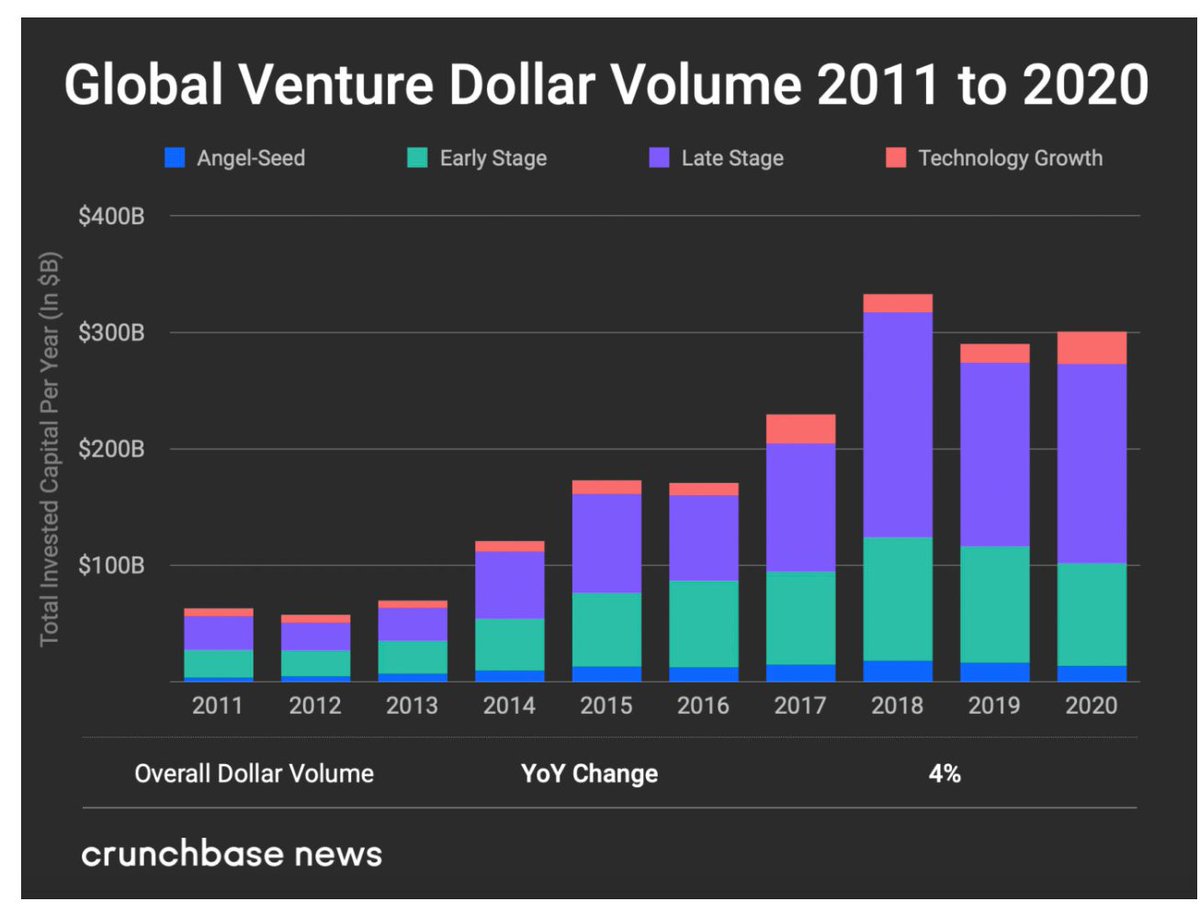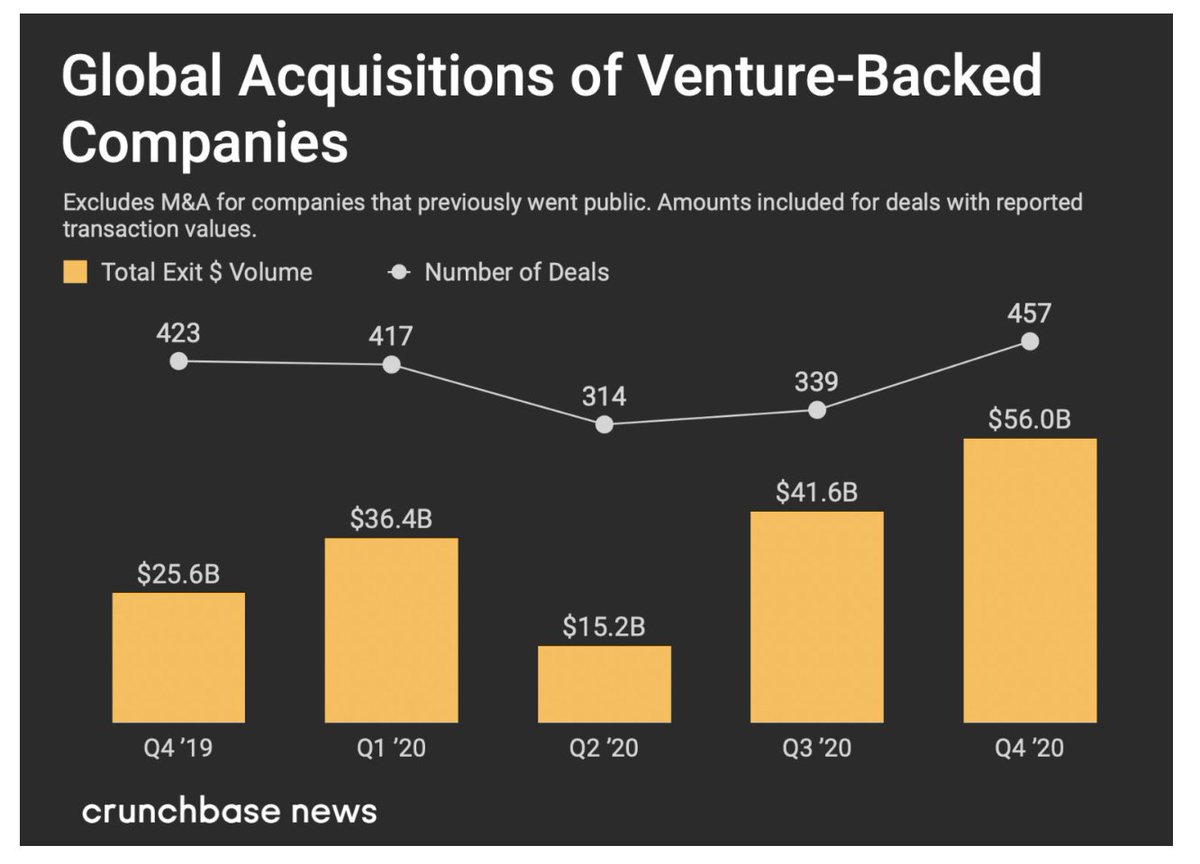
A few conclusions from my conversation with @HugoPhilion at the Telegram Flare Proposal Group (please correct if necessary):
1. The initial 15% distribution is set in stone (I won't be further addressing this topic hereon).
2. The Spark selling pressure caused by the
1/13
1. The initial 15% distribution is set in stone (I won't be further addressing this topic hereon).
2. The Spark selling pressure caused by the
1/13
Staggered distribution model is supposed to be absorbed by network stake-like incentives (FTSO rewards and F-Asset yields), though I have my doubts.
3. The Staggered distribution model was designed to last 3 years as a way to provide exchanges and wallets with
2/13
3. The Staggered distribution model was designed to last 3 years as a way to provide exchanges and wallets with
2/13
sustained incentives to remain engaged with the Flare ecosystem, maybe even pushing them to build Flare services or infrastructure, which in my opinion, is somewhat inorganic. Players should join the ecosystem because it has value added offerings, not because they are
3/13
3/13
forced to continuously distribute tokens over an elongated period of time.
4. The Staggered distribution model can be curtailed by the community (via governance proposals) once the initial 15% distribution occurs. At that point it will be too late, as the distribution of
4/13
4. The Staggered distribution model can be curtailed by the community (via governance proposals) once the initial 15% distribution occurs. At that point it will be too late, as the distribution of
4/13
the remaining 85% of the token supply, regardless of whether it is curtailed or not, will already have a reference fair market value for tax purposes.
5. It's not guaranteed that the stake-like incentives will be strong enough to offset the "inflationary effects" caused
5/13
5. It's not guaranteed that the stake-like incentives will be strong enough to offset the "inflationary effects" caused
5/13
by the staggered distribution, it's an assumption made by the developers.
6. There's a strong resistance from the community to take positions that are in conflict with those of the Flare Networks Ltd (FNL) team. I expect governance will largely depend on FNL opinions.
6/13
6. There's a strong resistance from the community to take positions that are in conflict with those of the Flare Networks Ltd (FNL) team. I expect governance will largely depend on FNL opinions.
6/13
My personal takes:
1. In the hope of being proven wrong, I think the initial 15% distribution coupled with the 3-year staggered distribution model, is a severe mistake. It will hamper network effects as it frustrates early adopters and holders.
7/13
1. In the hope of being proven wrong, I think the initial 15% distribution coupled with the 3-year staggered distribution model, is a severe mistake. It will hamper network effects as it frustrates early adopters and holders.
7/13
2. Network incentives will not sufficiently prevent de-riskers and weak hands from causing stagnant selling pressure, which will be met with a, per year, compoundable 10% protocol inflation.
3. Curtailing the staggered distribution after launch would remove
8/13
3. Curtailing the staggered distribution after launch would remove
8/13
incentives from exchanges/wallets to remain engaged with the Flare ecosystem, anyways. The positive part is that it wouldn't be FNL's team fault.
4. Although it would temporarily cause significant token depreciation, making the whole distribution upfront was a good
9/13
4. Although it would temporarily cause significant token depreciation, making the whole distribution upfront was a good
9/13
opportunity to build a solid holder base very early on, as tokens would have been quickly reallocated from de-riskers and weak hands to long term holders and project believers. In other words, it would have been painful in the short term, but much better in the mid and
10/13
10/13
long terms as compared to the staggered distribution model, which is compelling in the short term, but somewhat agonizing for early adopters in the mid and long terms.
Upfront distribution would also have provided small holders with the opportunity to accumulate at low
11/13
Upfront distribution would also have provided small holders with the opportunity to accumulate at low
11/13
prices, hence, bringing some sort of redistributive policy to the protocol.
Having said the above, I do have to say I'm extremely grateful with @HugoPhilion for taking the time to engage with me and thoroughly answer my questions. Flare is in good hands.
12/13
Having said the above, I do have to say I'm extremely grateful with @HugoPhilion for taking the time to engage with me and thoroughly answer my questions. Flare is in good hands.
12/13
Last but not least, I would encourage the team at FNL to both promote and have open discussions at Twitter, as it is not only the place where the largest part of the community resides, but it also provides a much easier platform to keep track of the conversations.
13/13
13/13
• • •
Missing some Tweet in this thread? You can try to
force a refresh








